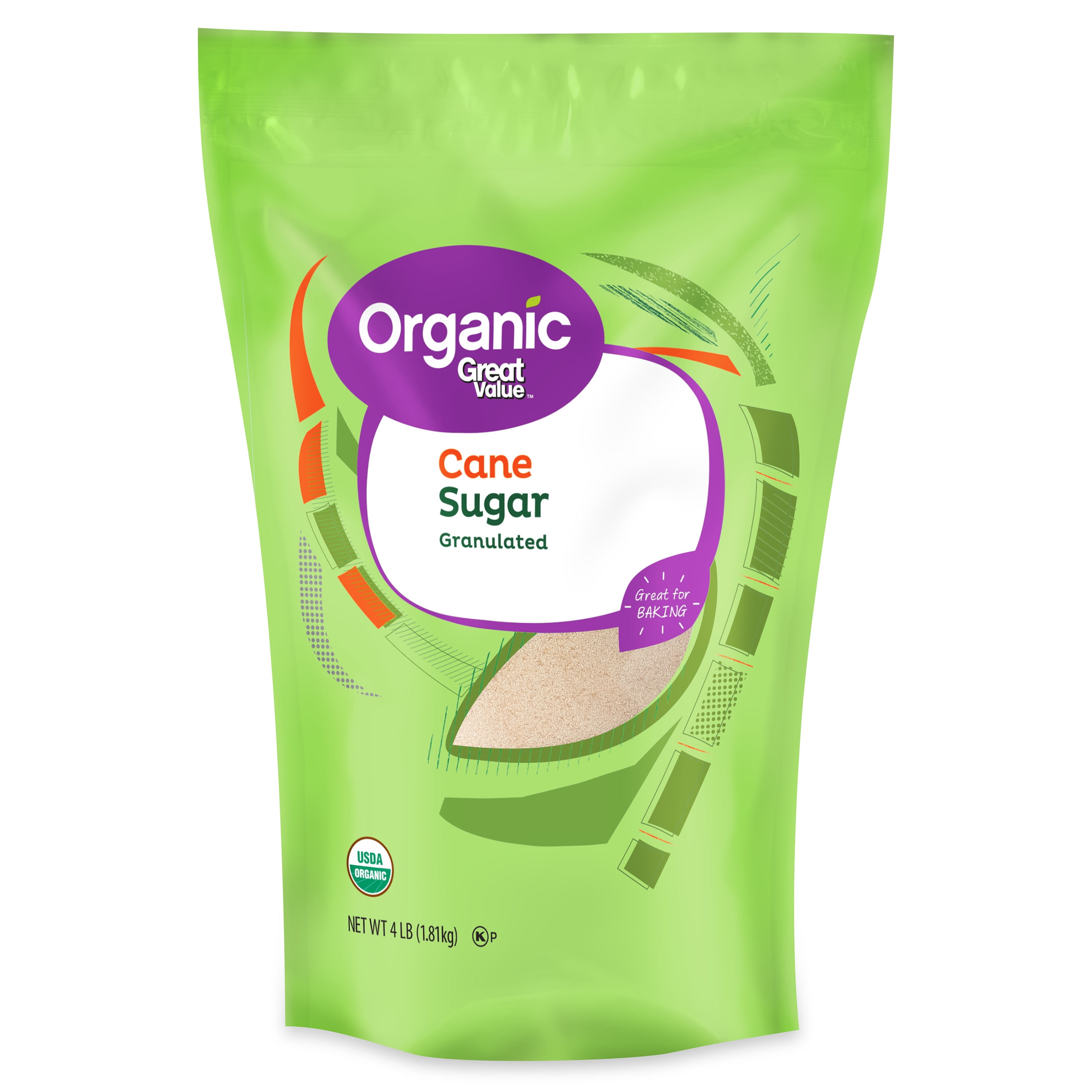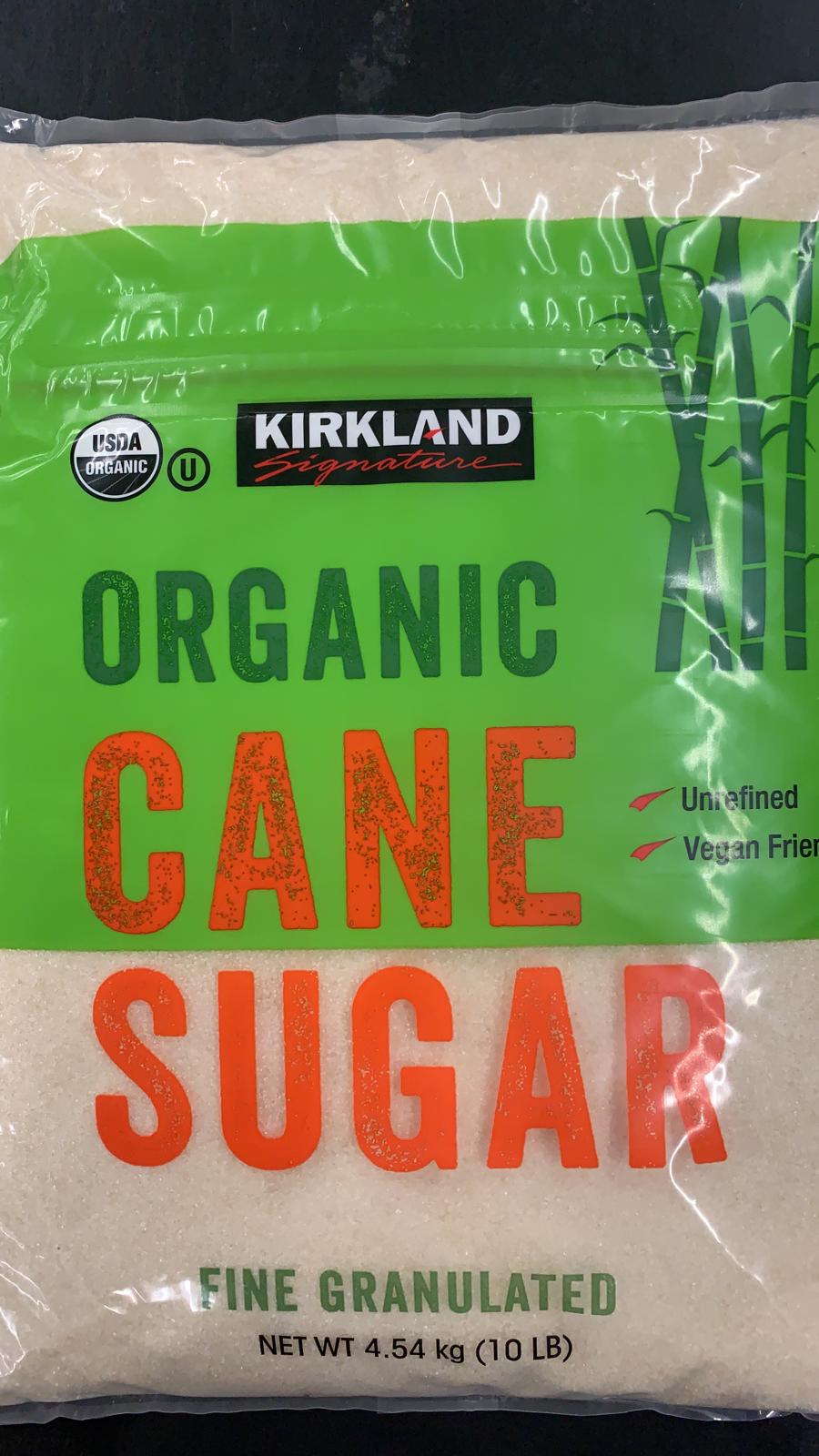The Scientific Research Behind Cane Sugar Processing: Just How Sweetness is Improved
The Scientific Research Behind Cane Sugar Processing: Just How Sweetness is Improved
Blog Article
Exploring the Comprehensive Steps Entailed in Cane Sugar Processing From Harvesting to Improvement
The procedure of walking stick sugar manufacturing includes a collection of complex steps, starting with the mindful harvesting of sugarcane and culminating in the refinement phases that guarantee the last product meets market requirements. Each stage, from the extraction of juice to the filtration and condensation processes, plays an important duty in identifying the high quality and character of the sugar. Recognizing these phases not just highlights the intricacy of sugar production yet also elevates vital concerns regarding efficiency, sustainability, and advancement in the industry. What effects do these factors have for future methods?
Harvesting Sugarcane
Harvesting sugarcane is a vital action in the walking cane sugar processing chain, as it directly affects the high quality and return of the final product. Appropriate timing and strategies are vital during this stage to make certain ideal sugar content and lessen losses. Usually, sugarcane is harvested when it gets to maturity, typically 12 to 18 months after planting, characterized by a high sucrose concentration.

Post-harvest, the sugarcane should be refined swiftly to stop sucrose degradation. Ideally, harvested cane needs to be carried to refining facilities within 1 day to maintain sugar high quality. As a result, efficient logistical preparation is crucial to preserve the integrity of the gathered plant throughout the supply chain.
Extraction Refine

The smashed cane goes through a series of pressing procedures to optimize juice recuperation. Commonly, hot water is splashed onto the smashed cane, producing a countercurrent flow that helps liquify the sugar while likewise aiding in the extraction procedure. The juice gathered from this procedure consists of not only sugar however additionally various organic compounds and impurities.

To enhance extraction efficiency, some centers may use diffusion approaches, where the sugarcane is soaked in warm water, allowing the soluble sugars to diffuse right into the liquid. The resulting juice, abundant in sucrose, is after that guided to succeeding handling phases, laying the structure for purification and refinement. The removal process is hence pivotal in figuring out the quality and yield of the last sugar item.
Purification Techniques
The filtration strategies used in walking cane sugar processing are important for transforming the raw juice into a premium sugar product. These approaches mostly aim to remove pollutants, such as dirt, plant materials, and inorganic materials, which can negatively impact the end product's flavor and shade.
This process entails adding lime and warm to the raw juice, which facilitates the coagulation of pollutants. Furthermore, the use of phosphoric acid can improve the clarification procedure by further binding pollutants.
An additional substantial technique is carbonatation, where co2 is introduced to the clarified juice. This reaction produces calcium carbonate, which captures staying pollutants and advertises their removal.
Furthermore, turned on carbon therapy might be applied to adsorb any type of staying colorants and important link organic contaminations, making sure a more polished item. The combination of these methods properly prepares the sugar juice for subsequent actions in the refining process, establishing the phase for the manufacturing of top notch cane sugar.
Condensation Approaches
After the filtration phase, the following vital action in cane sugar processing involves crystallization approaches, which play a crucial duty in changing the cleared up juice into solid sugar. This process commonly uses two primary methods: spontaneous crystallization and controlled condensation.
In spontaneous crystallization, supersaturated sugar remedies are enabled to cool naturally, leading to the formation of sugar crystals over time. This approach enables for the consistent growth of sugar crystals and higher pureness.
During condensation, the made clear juice is focused through evaporation, raising its sugar web content until it gets to supersaturation. As soon as this factor is accomplished, either Visit Website method can assist in the formation process. Cane Sugar Processing. The resultant sugar crystals are then separated from the continuing to be syrup through centrifugation
Ultimately, the option of condensation technique impacts the high quality, dimension, and purity of the last sugar product, making this action essential in the total cane sugar handling procedure.
Improvement and Packaging
Just how can the purity and top quality of cane sugar be additionally boosted after crystallization? The refinement procedure plays a critical duty in attaining top quality cane sugar.
Next, the sugar is subjected to a procedure called centrifugation, where it is spun at high rates to divide the purified sugar crystals from the continuing to be liquid. After centrifugation, the sugar is commonly further fine-tuned via a method called carbonization or phosphatation, which utilizes triggered carbon or phosphoric acid to remove shade and off-flavors.
When fine-tuned, the sugar is dried out to achieve the wanted wetness web content, ensuring that it stays stable during storage and transportation. The last action entails packaging the polished sugar in closed and moisture-proof containers to maintain its high quality and avoid contamination. Cane Sugar Processing. Proper packaging not only extends service life but additionally helps with easy handling and circulation, guaranteeing that customers obtain sugar that satisfies the highest possible standards of purity and high quality
Final Thought
The comprehensive steps associated with cane sugar handling, from the careful harvesting of sugarcane to the detailed improvement and product packaging phases, underscore the relevance of each stage in making sure premium sugar manufacturing. Optimal harvesting methods, effective removal techniques, and strenuous filtration procedures collectively add to the final item's purity and security. The crystallization and subsequent packaging techniques further boost the stability and service life of the sugar, highlighting the complexity and precision inherent in this essential farming industry.
The procedure of walking cane sugar production includes a collection of webpage elaborate steps, starting with the cautious harvesting of sugarcane and finishing in the improvement stages that guarantee the final item satisfies market requirements. Ideally, harvested cane should be delivered to refining facilities within 24 hours to maintain sugar top quality.In spontaneous crystallization, supersaturated sugar remedies are enabled to cool down normally, leading to the formation of sugar crystals over time - Cane Sugar Processing. The improvement process plays a critical duty in attaining top notch walking cane sugar.The comprehensive steps included in walking cane sugar processing, from the careful harvesting of sugarcane to the elaborate refinement and packaging stages, emphasize the importance of each phase in making sure high-grade sugar manufacturing
Report this page